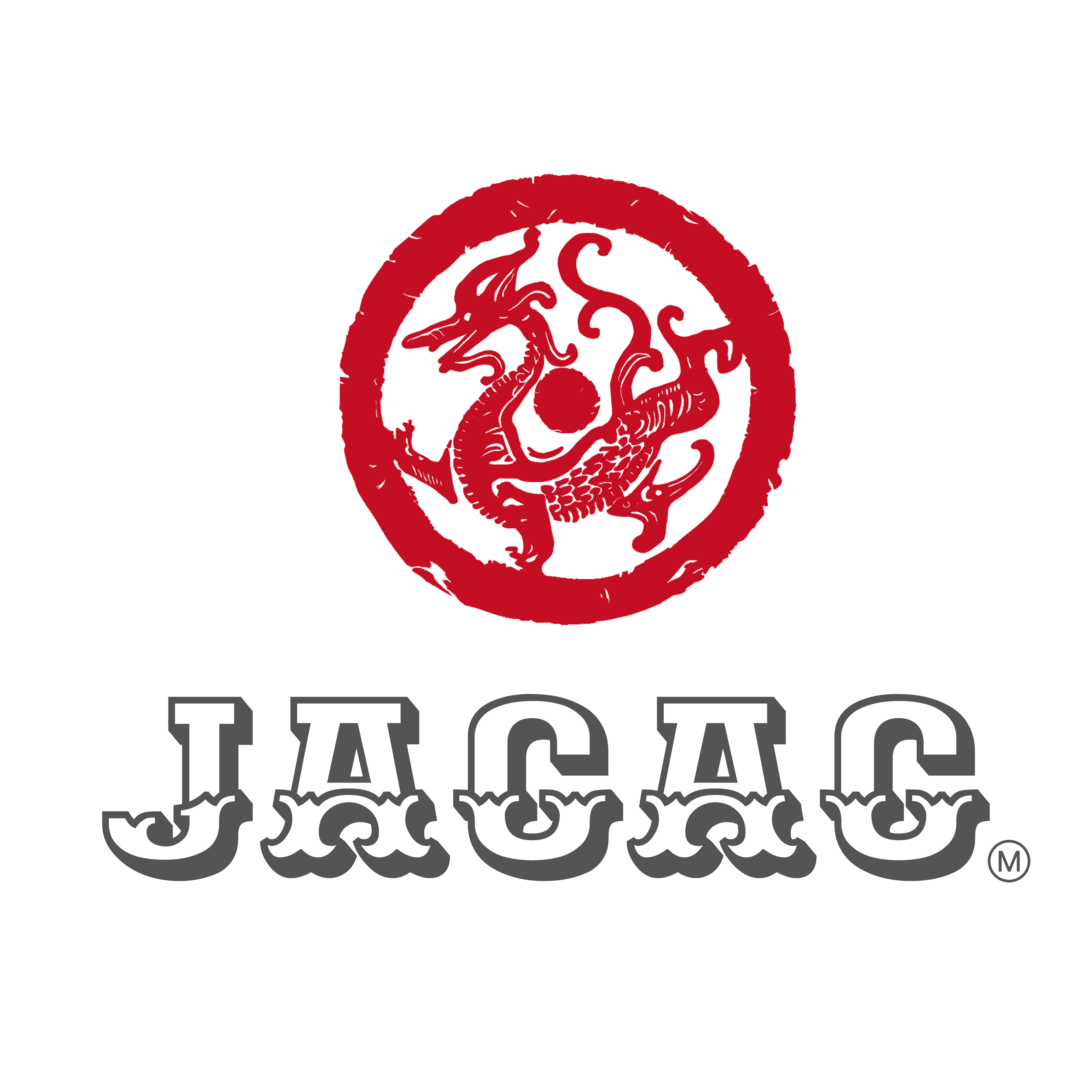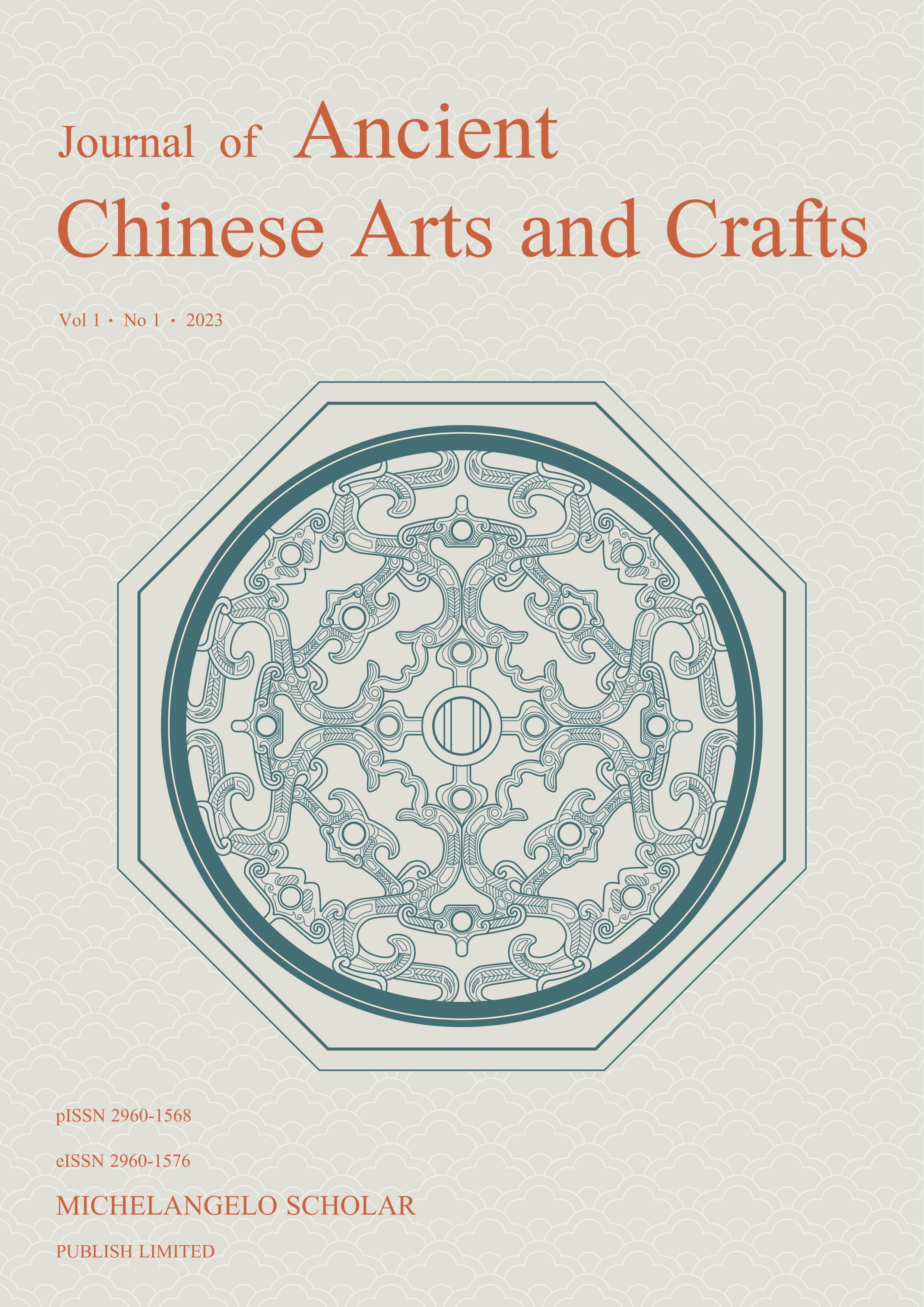Abstract: The series of events recorded in Li Deyu's postscript in the Emperor Taizong Receiving the Tibetan Envoy, such as Taizong's giving marriage to Gar Tongtsen Yulsung, giving officials to Gar Tongtsen Yulsung, and the marriage of Gar Tongtsen Yulsung, were all reconstructed by Li Deyu. Its historical source is not the Real Record of Taizong that Fu Xuancong and Zhou Jianguo believed, but may come from the popular legend of Gar Tongtsen Yulsung when he served as the Jiedushi in Xichuan, Jiannan. The reason for the popularity of this legend is related to Gar Tongtsen Yulsung and his sons' deification and remolding activities. The postscript may be contained in Li Deyu's "Records of the Southwest Beibian", thus entering into the "Tibetan Biography" writing of official historical documents such as "Old Book of Tang", "Tang Huiyao", "New Tang Shu", "Zizhi Tongjian".
The JACAC is an academic design journal founded in July 2023, which distributes high-quality, original research and operates worldwide academic journals with peer-review and open access (print and online simultaneous publication semi-annual issues).
Thematic research articles, literature reviews, and book reviews are the three types of original articles accepted by the journal. The subjects covering the fields of ancient Chinese painting, sculpture, calligraphy, handicrafts and so on. JACAC aims to share the arts and crafts culture, thought and theory of ancient China, disseminate the brilliant achievements of ancient Chinese arts and crafts culture, promote the study of ancient Chinese arts and crafts culture, and strive to be in the leading position in this field. The primary goal of JACAC focus on academic research rather than profit-making.
Submit your manuscript: jaca.editorialmanager01@gmail.com
See Instructions for authors for manuscript requirements.
May 6th, 2023
Journal metrics: Waiting for status updates
Latest articles
ISSN: 2960-1568 (Print), 2960-1576 (Online)
Frequency: Semi-annual issues
Academic and Editorial Committee
Journal of Ancient Chinese Arts and Crafts (JACAC) is an international design journal published by MSPL. The Journal is peer-reviewed, open access, and published twice a year in both print and online formats.
JACAC is an academic platform dedicated to the dissemination of ancient Chinese arts and crafts culture, covering the fields of ancient Chinese painting, sculpture, calligraphy, handicrafts and so on. JACAC aims to share the arts and crafts culture, thought and theory of ancient China, disseminate the brilliant achievements of ancient Chinese arts and crafts, promote the study of ancient Chinese arts and crafts culture, and strive to be in the leading position in this field. The primary goal of JACAC focus on academic research rather than profit-making.
Researchers from different fields are welcome to submit manuscripts.
On the Ethnic and Stylistic Characteristics of the Kangjia Shimenzi Rock Painting in Hutubi
Abstract: This article analyzes and studies the ethnic and sculptural characteristics of the stone paintings of the Kangjia Shimenzi in Hutubi from the perspective of art. The content mainly includes the appearance characteristics, ethnic origins, and other aspects of rock art figures. It focuses on the research of the relationship and origin between the rock painting figures with feathers and some characteristics of today's Kazak people, as well as the relationship between the ancient Wusun tribe and the Kazakhs people. The article presents different perspectives on the ethnic groups to which the Hutubi rock paintings belong, based on the argumentation of their sculptural characteristics. And emphasized the consistent posture expressed in rock paintings, which not only reflects the consistent characteristics of rock painting modeling in terms of styling style, but also reflects the inheritance of religious spirit in cultural inheritance.
JACAC 2023, 1(1), 10-17; - June 23, 2023
Min Wang *
by
JACAC 2023, 1(1), 39-50; - June 30, 2023
Qinzeng Li *
by
Faithful history or legend: textual research on "Gar Tongtsen Yulsung's cancellation of the wedding" recorded in Li Deyu's postscript in Emperor Taizong Receiving the Tibetan Envoy
PUBLISHED BY MICHELANGELO SCHOLAR PUBLISH LIMITED
ADDRESS: ROOM A, 3/F., WING TAT COMMERCIAL BUILDING, 121-125 WING LOK STREET, SHEUNG WAN HK
TEL: 00852-36197566
FAX: 00852-36197558
Abstract: The collection “Landscape Woodblock Prints of the Ming and Qing Dynasties” treats landscape woodblock prints as a distinct category, systematically organizing and presenting them in chronological order to showcase their development and evolution, and geographically to reveal regional differences. This approach promotes the independence of traditional Chinese prints in art history, elevating their status and influence. In Chinese history, the division of labor and cooperation in printmaking allowed both literati and professional painters to participate in print creation, contributing to the improvement of the art form. Landscape woodblock prints not only have the indicative function of landscape maps but also possess the artistic characteristics of landscape paintings, representing a pictorial form that bridges and draws from both. Ancient landscape woodblock prints and landscape paintings complement each other and provide mutual support in both creation and research. Landscape woodblock prints are closely related to the local geography and serve as important supporting materials for advancing the study of artistic geography. Compared to landscape paintings, they hold greater significance and value in the field of artistic geography.
JACAC 2023, 1(1), 1-14; https://doi.org/10.59528/ms.jacac2023.0802a1 - August 2, 2023
Yang Xiangmin*
by
Abstract: The way of “writing” (写) is one of the characteristics of pen-and-ink expression in Chinese literati painting, which is prominently embodied in the aesthetic ideology and the paintings of the Yuan dynasty painter Ni Zan. Ni Zan’s principle and practice of “writing” painting is rooted both in his inheritance of the pen-and-ink traditions of the Song and Yuan literati painters and in the following concepts in the history of painting: “a common origin for Chinese painting and calligraphy,” (书画同源), “a common essence for Chinese painting and calligraphy,” (书画同体) and “a common method for Chinese painting and calligraphy” (书画同法). In Ni Zan’s paintings, he used calligraphic brushwork to capture the romantic charm of the objects, which was a free expression of his true feelings and a means of self-entertainment. At the same time, his painting and calligraphy were influenced by the social trend emphasizing the “integration of literature and art” (文艺相融) in the Yuan Dynasty, resulting in a high degree of internal consistency among pen-and-ink performance, creative approaches and aesthetic style. Consequently, there was a certain degree of inevitability to the introduction of a “writing” style into his paintings. Ni Zan’s calligraphy and painting are intertwined and integrated, presenting the visual characteristics of the same brushwork. The principle of blank space is similar in both calligraphy and painting, and the same common principles apply to ink intensity and a carefree style. More importantly, “writing” (写) in his paintings, as a way of conveying the language of Ni Zan’s pen-and-ink style, also embodies the character of high elegance, which made the pursuit of a written mood in pen-and-ink paintings a common goal of literati paintings throughout the Ming and Qing dynasties.
JACAC 2023, 1(1), 15-32; https://doi.org/10.59528/ms.jacac2023.0802a1 - September 26, 2023
Xiaofei Pang *
by
JACAC 2023, 1(1), 18-26; - June 24, 2023
Liang Zhu *
Internal factors and External influences in the Evolution of Chinese Folk Concepts of Creation - The Art of Paper Cutting by Gao Fenglian as an Example
by
Abstract: The collection "Landscape Prints of the Ming and Qing Dynasties" treats landscape prints as a distinct category, systematically organizing and presenting them in chronological order to showcase their development and evolution, and geographically to reveal regional differences. This approach promotes the independence of traditional Chinese prints in art history, elevating their status and influence. In Chinese history, the division of labor and cooperation in printmaking allowed both literati and professional painters to participate in print creation, contributing to the improvement of the art form. Landscape prints not only have the indicative function of landscape maps but also possess the artistic characteristics of landscape paintings, representing a pictorial form that bridges and draws from both. Ancient landscape prints and landscape paintings complement each other and provide mutual support in both creation and research. Landscape prints are closely related to the local geography and serve as important supporting materials for advancing the study of artistic geography. Compared to landscape paintings, they hold greater significance and value in the field of artistic geography.





